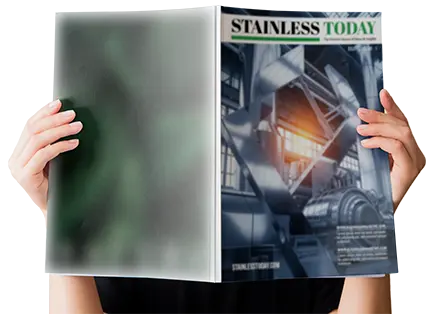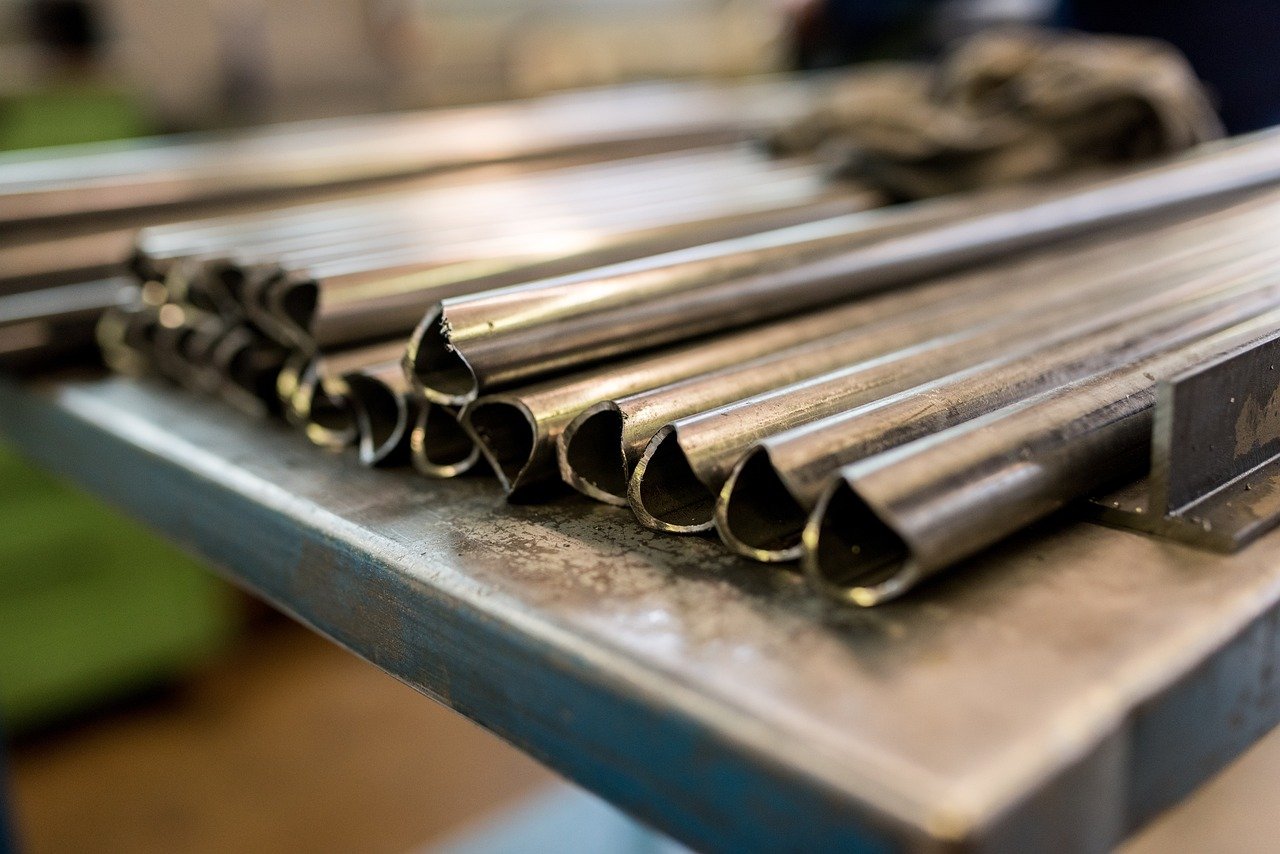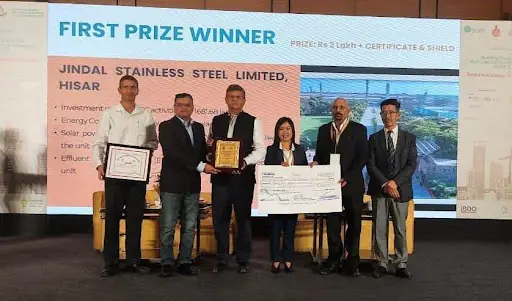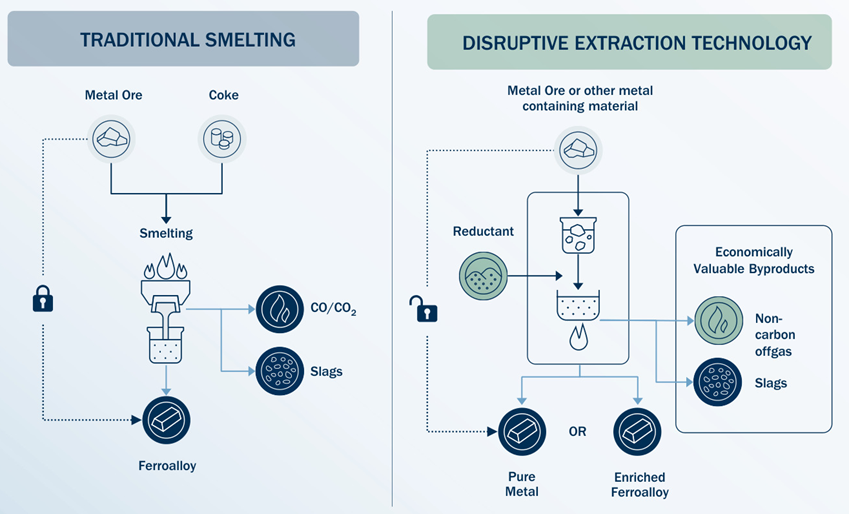Role of stainless steel in aerospace engineering
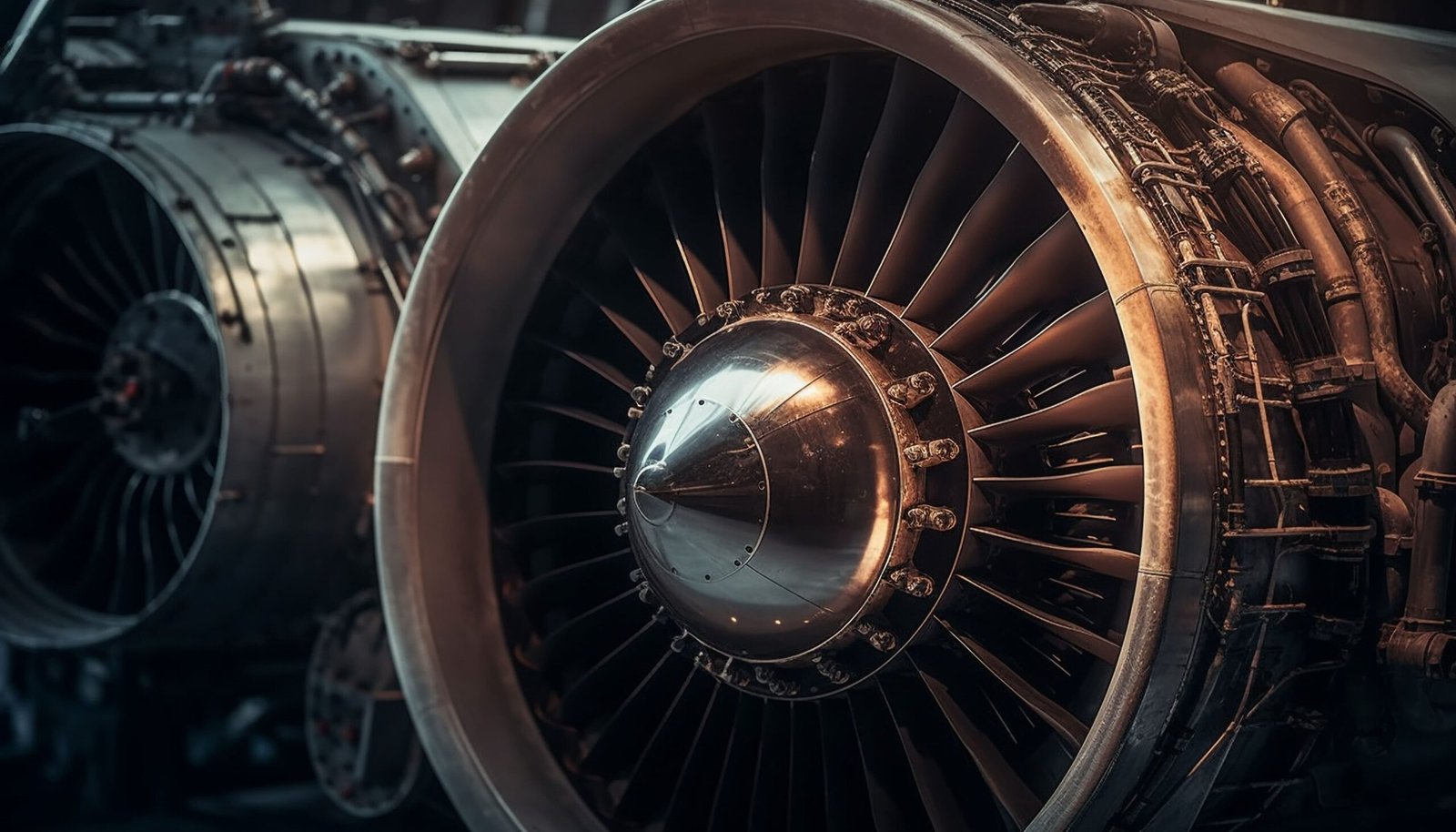
With its exceptional heat tolerance and corrosion resistance, stainless steel is a key material in aerospace components, ensuring safety and performance in demanding environments.
Stainless steel plays a critical role in the aerospace industry, where safety, performance and durability are paramount. From aircraft structural elements to turbine blades and exhaust systems, stainless steel’s unique properties make it the ideal material for a wide range of aerospace applications. Its high heat resistance and ability to withstand corrosive environments are crucial in the demanding conditions experienced during flight and in space exploration.
A major advantage of stainless steel in aerospace applications is its remarkable resistance to corrosion. Aircraft are frequently exposed to varying atmospheric conditions, moisture, and even harsh chemicals such as aviation fuel and de-icing agents. Stainless steel’s corrosion resistance protects essential components from oxidation and rust, ensuring longer service life and minimising maintenance costs. This is especially important in structural elements like fuselage frameworks and landing gear, where integrity is crucial to the aircraft’s safety.
Heat resistance for extreme conditions
Aircraft and spacecraft operate in extreme temperature ranges, particularly in engine components and exhaust systems, where materials are exposed to high heat. Stainless steel is known for its excellent heat resistance, maintaining its strength and integrity even at temperatures exceeding 800°C (1472°F). This makes it the material of choice for components like turbine blades, exhaust systems, and heat exchangers that require the ability to function without degradation under such intense heat.
Turbine blades, for instance, are subject to extreme temperatures and pressures within jet engines. Stainless steel’s ability to resist thermal expansion and retain structural stability ensures that these critical components can perform reliably during flight, contributing to the overall efficiency of the engine.
Although other materials like titanium and aluminium are also used in aerospace for their lightweight properties, stainless steel offers an ideal balance of strength and weight in specific applications. Advances in stainless steel alloys have further enhanced its use in aerospace by providing lightweight solutions without compromising on strength or durability.
Stainless steel’s high heat tolerance, corrosion resistance and durability make it a fundamental material in aerospace engineering. From turbine blades and exhaust systems to structural components, its properties ensure that aerospace technologies remain efficient, safe and long-lasting.
As the industry continues to evolve with innovations in space exploration and aviation, stainless steel will remain integral to the future of aerospace design and manufacturing.

